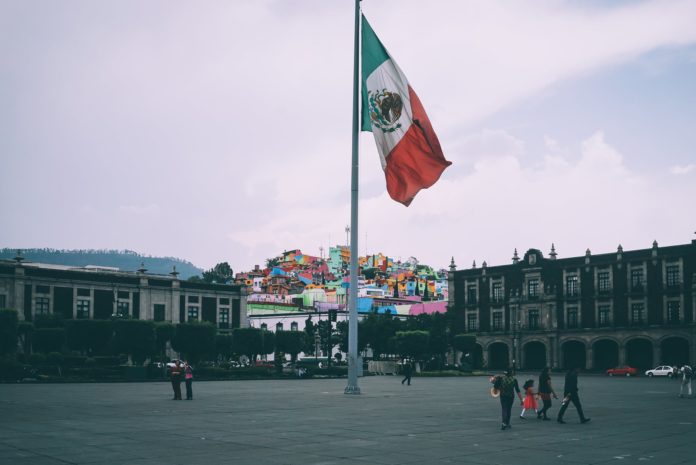Mexico Independence Day
- Celebrates Mexico’s independence from Spain on the 16th September every year.
- On 16th September 1810, a priest rang a church bell in a small town in Mexico and shouted the ‘Cry of Independence’ or ‘El Grito de la Independencia’ as it is in Spanish. He wanted Mexicans to fight for their freedom. It marked the beginning of Mexico’s war for independence from Spanish rule which they finally won 11 years later in 1821.
- The priest’s name was Miguel Hidalgo y Costilla and he was executed in 1811.
- Today, celebrations begin the night before the 16th September at about 11pm when every city and town sees a local official ring a bell and recite the ‘Cry of Independence’ to commemorate the priest calling his supporters to him before ringing the bell in the early hours of the morning.
- The biggest celebration is at the National Palace in Mexico City where the President of Mexico recites the Cry of Independence. The event ends with everyone shouting ‘Viva Mexico’ three times.
- Mexico’s Independence Day is a big event. Streets, houses and cars are decorated in national colours, Men and women dress in traditional outfits – Charros (traditional horsemen outfits) for men and China Poblanas (big colourful dresses) for women and everyone makes as much noise as they can!
- People sell lots of things to celebrate like balloons, sombreros, flags and rehiletes (pin wheels) in green, white and red.
- Mexicans also sell lots of snack food from stalls set up in the streets collectively called Antojitos (An-toh-hee-tohs) during the celebrations.
Did you know…
- Mexico was ruled by the Spanish for 300 years. The Spanish arrived in 1521 when the ancient Aztecs ruled Mexico. Indigenous tribes who were ruled by the Aztecs helped the Spanish as they didn’t like the way the Aztecs treated them. However once the Spanish were in charge, they weren’t much better than the Aztecs.
- The Aztecs were very advanced people in things such as mathematics and medicine. You can still visit the pyramids they built today. When the Spanish arrived, they unintentionally brought with them Smallpox which was a disease the Aztecs had not encountered before and millions of Aztecs died including their emperor. It is thought that this is probably how the Spanish managed to conquer them.
- The Spanish invasion gave Mexico their current language and today Mexico is the largest Spanish speaking population in the world.
- Many states in the USA used to be part of Mexico. Mexico lost the land which is now California, Nevada, and Utah, most of Arizona and New Mexico, and parts of Wyoming and Colorado. Mexico was forced to give them up after the Mexican-American war in 1846.
- The capital of Mexico is Mexico City. Mexico was named after this city not the other way around. Before this the Spanish named the country New Spain.
- Mexico is made up of 31 states and is officially named the United Mexican States.
- Mexico is where chocolate originated from. The Mayans and Aztecs used to drink it as a bitter drink with no sugar! They added flavours like chilli and vanilla. When the Spanish invaded they took chocolate back to Spain and introduced it with sugar where it soon became popular and developed into the chocolate we know today.
- Mexico has many active volcanoes. One called Colima erupted in 2010 and lots of villages had to be evacuated to keep the people safe.
- The currency in Mexico is the Peso.
- Mexican food has intense and varied flavours with lots of spices and colourful decoration. It’s mimicked all around the world.



